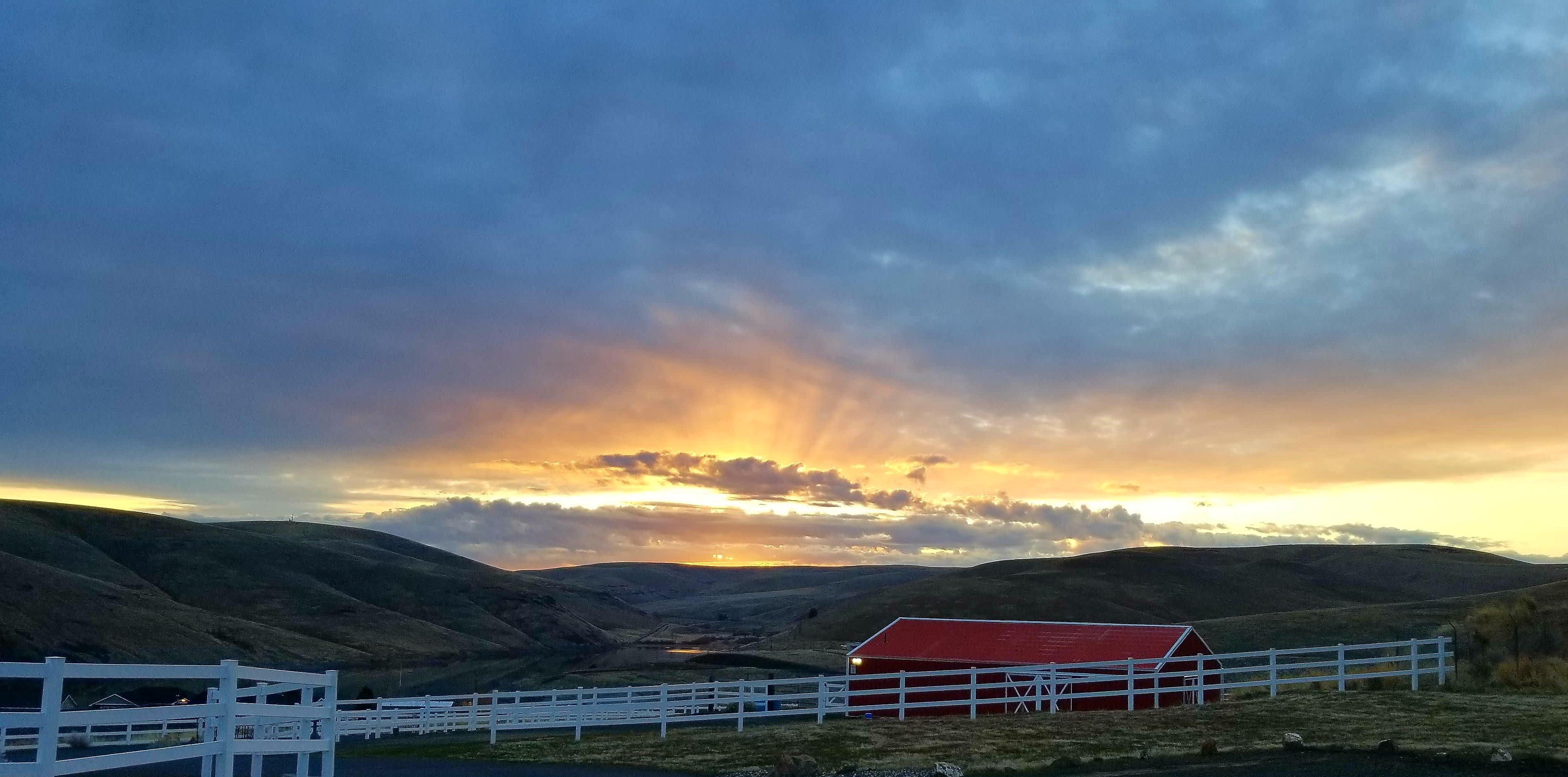Here on the Delmarva Peninsula — which stretches down the eastern side of the Chesapeake Bay through Delaware, Maryland, and a small portion of Virginia — plants owned by Amick Farms, Mountaire Farms, and Perdue, among other corporations, process more than 600 million broilers a year.
But in addition to producing 4 billion pounds of what the industry touts as the healthiest, most affordable, and climate-friendly meat, Delmarva also annually generates hundreds of thousands of tons of chicken waste, including manure, feathers, bones, and processing sludge. These dregs — which contain high levels of nitrogen and phosphorus — are often over-applied to farm fields and then run off into local waterways, including the Chesapeake Bay, where these nutrients contribute to low-oxygen conditions that kill fish and crabs.
Now, a solution modeled by dairy and swine operations may be in the offing as biogas companies vie to build anaerobic digesters on Delmarva. Inside these heated tanks, hungry microbes will consume poultry waste and emit a mix of gases rich in methane. This biogas will be scrubbed to remove impurities like hydrogen sulfide and ammonia. Rebranded by the industry as “renewable natural gas,” it will then be sold to energy companies including Chesapeake Utilities and British Petroleum, which will burn the methane to generate heat and electricity, or compress it and sell it as truck fuel.


